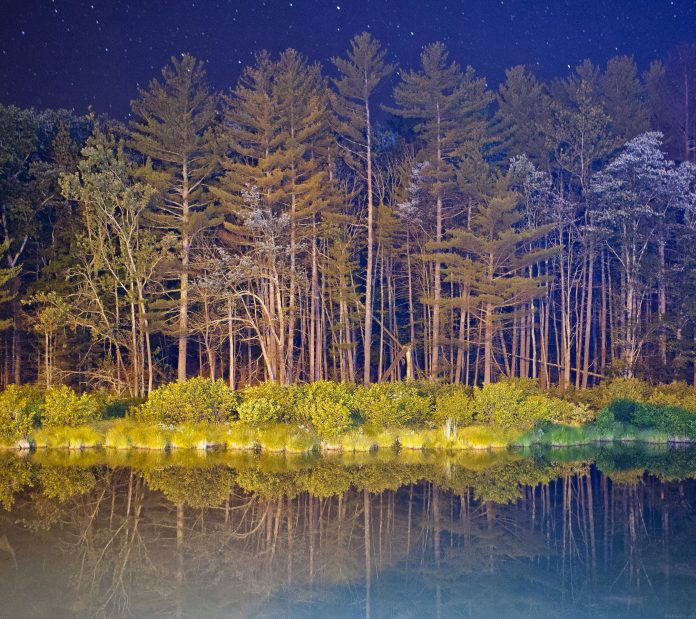CIFAR10 and CIFAR100 are some of the famous benchmark datasets which are used to train CNN for the computer vision task.
In this article we are supposed to perform image classification on both of these datasets CIFAR10 as well as CIFAR100 so, we will be using Transfer learning here.
But how? First, we will build a custom CNN model and train it on our CIFAR100 data. And then we will leverage the trained weights of the Convolutional layers to build a classification model for the CIFAR10 dataset.
Importing Libraries
We will be requiring the following libraries :
Python3
import tensorflow as tf from tensorflow import keras from keras import layers import numpy as np import matplotlib.pyplot as plt import warnings warnings.filterwarnings('ignore') |
Importing Dataset
Now let’s load the CIFAR100 dataset first by using the TensorFlow API. The data fetched is already divided into training and validation datasets.
Python3
# Load in the data cifar100 = tf.keras.datasets.cifar100 # Distribute it to train and test set (x_train, y_train), (x_val, y_val) = cifar100.load_data() print(x_train.shape, y_train.shape, x_val.shape, y_val.shape) |
Output:
Downloading data from https://www.cs.toronto.edu/~kriz/cifar-100-python.tar.gz 169001437/169001437 [==============================] - 13s 0us/step (50000, 32, 32, 3) (50000, 1) (10000, 32, 32, 3) (10000, 1)
This means that we have 50,000 RGB format images of sizes (32, and 32) in the training data. And around 10,000 images in the validation dataset.
Data Visualization
Here in this step we will visualize the dataset, it will further help us to make a better model.
Python3
def show_samples(data, labels): plt.subplots(figsize=(10, 10)) for i in range(12): plt.subplot(3, 4, i+1) k = np.random.randint(0, data.shape[0]) plt.title(labels[k]) plt.imshow(data[k]) plt.tight_layout() plt.show() show_samples(x_train, y_train) |
Output:

Due to the very small size of the images, their content is not that clear. To know which number represent which class one can refer to various sources available online.
Data Splitting
We need to split the data into training and validation.
Python3
y_train = tf.one_hot(y_train, depth=y_train.max() + 1, dtype=tf.float64) y_val = tf.one_hot(y_val, depth=y_val.max() + 1, dtype=tf.float64) y_train = tf.squeeze(y_train) y_val = tf.squeeze(y_val) |
Model Architecture
Now let’s define the architecture of the model we will use as our CNN to classify between these 100 classes.
Python3
model = tf.keras.models.Sequential([ layers.Conv2D(16, (3, 3), activation='relu', input_shape=(32, 32, 3), padding='same'), layers.Conv2D(32, (3, 3), activation='relu', padding='same'), layers.Conv2D(64, (3, 3), activation='relu', padding='same'), layers.MaxPooling2D(2, 2), layers.Conv2D(128, (3, 3), activation='relu', padding='same'), layers.Flatten(), layers.Dense(256, activation='relu'), layers.BatchNormalization(), layers.Dense(256, activation='relu'), layers.Dropout(0.3), layers.BatchNormalization(), layers.Dense(100, activation='softmax') ]) model.compile( loss=tf.keras.losses.CategoricalCrossentropy(from_logits=True), optimizer='adam', metrics=['AUC', 'accuracy'] ) |
What are the changes made to the images while moving deeper into a network that can be visualized by using the model summary? It also shows the number of parameters that will be trained in this model.
Python3
model.summary() |
Output:

Model fitting
Model fitting can be done using the code below.
Python3
hist = model.fit(x_train, y_train, epochs=5, batch_size=64, verbose=1, validation_data=(x_val, y_val)) |
Output:

Using model to train for CIFAR10
Now we will use the convolution layers of this model to build our CIFAR10 classifier.
Python3
temp = model.get_layer('conv2d_3') last_output = temp.output last_output.shape |
Output:
TensorShape([None, 16, 16, 128])
Now implementing a functional model which will use the previous model’s output and learn on top of it.
Python3
x = layers.Flatten()(last_output) x = layers.Dense(256, activation='relu')(x) x = layers.BatchNormalization()(x) x = layers.Dense(256, activation='relu')(x) x = layers.Dropout(0.3)(x) x = layers.BatchNormalization()(x) output = layers.Dense(10, activation='softmax')(x) model_new = keras.Model(model.input, output) |
Let’s check the summary of this new model.
Python3
model_new.summary() |
Output:

Now, let’s compile the model with the same loss, optimizer, and metrics used in the CIFAR100 classifier.
Python3
model_new.compile( loss='categorical_crossentropy', optimizer='adam', metrics=['AUC', 'accuracy'] ) |
So, we have prepared a new model which is now ready to be trained on the CIFAR10 dataset. Let’s load this data as well using the TensorFlow API.
Python3
# Load in the data cifar10 = tf.keras.datasets.cifar10 # Distribute it to train and test set (x_train, y_train), (x_val, y_val) = cifar10.load_data() print(x_train.shape, y_train.shape, x_val.shape, y_val.shape) |
Output:
Downloading data from https://www.cs.toronto.edu/~kriz/cifar-10-python.tar.gz 170498071/170498071 [==============================] - 14s 0us/step (50000, 32, 32, 3) (50000, 1) (10000, 32, 32, 3) (10000, 1)
Python3
y_train = tf.one_hot(y_train, depth=10, dtype=tf.float64) y_val = tf.one_hot(y_val, depth=10, dtype=tf.float64) y_train = tf.squeeze(y_train) y_val = tf.squeeze(y_val) |
Now we will train our model.
Python3
history = model_new.fit(x_train, y_train, batch_size=64, epochs=5, verbose=1, validation_data=(x_val, y_val)) |
Output:

Conclusion
By training the model for more epochs the best results can be obtained.




